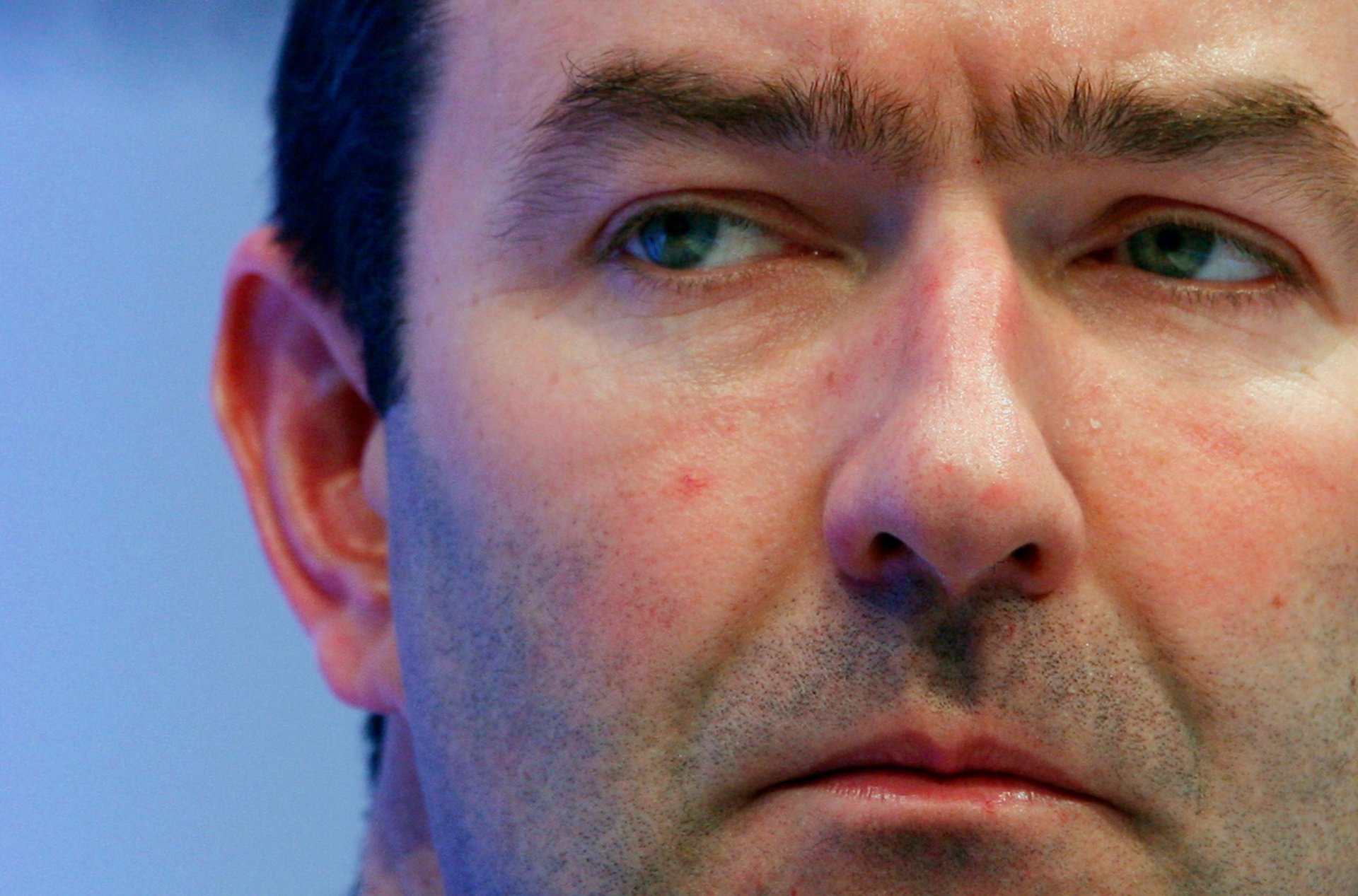Meet the man who’s supposed to turn McDonald’s around
There’s plenty of information out there about Steve Easterbrook, the 48-year-old Briton who will become the new CEO of McDonald’s on March 1. Profiles by the BBC, Business Insider, and the Financial Times tell of the man’s cricket-playing days at Durham University, his tenure as the head of McDonald’s UK and then McDonald’s Europe, and his recent successful CEO stints at the British restaurant chains PizzaExpress and Wagamama.


There’s plenty of information out there about Steve Easterbrook, the 48-year-old Briton who will become the new CEO of McDonald’s on March 1. Profiles by the BBC, Business Insider, and the Financial Times tell of the man’s cricket-playing days at Durham University, his tenure as the head of McDonald’s UK and then McDonald’s Europe, and his recent successful CEO stints at the British restaurant chains PizzaExpress and Wagamama.
In a lengthy interview Easterbrook sat down for in December with Reboot Partners’ Dean DeBiase, a few weeks before the announcement of his promotion, he offers some clues about what he sees in the future for America’s most iconic fast food chain. (A McDonald’s spokeswoman declined comment for this article.)
A video of the interview is embedded in the tweet, by Easterbrook, below.
DeBiase asked Easterbrook if ”the ‘T’ word”—”turnaround”—was being used internally at McDonald’s. The answer was an unequivocal “yes,” to which Easterbrook added: “The reality is we’ve got nine quarters of decline. That becomes a meaningful trend… and you have to actively turn around the situation. And the first thing you have to do is ‘call it.'”
Easterbrook made some aggressive calls back in 2006, when he was trying to get Britain to re-embrace the golden arches, and McDonald’s had to close 25 stores in the UK due to poor sales. One of those was engaging in a protracted public debate with Eric Schlosser, the documentarian and author of Fast Food Nation, and a harsh McDonald’s critic. Their engagement started with Easterbrook’s strongly-worded op-ed in The Guardian (“I take it personally when people belittle our employees and misrepresent our record as an employer…”) and escalated to Easterbrook and Schlosser arguing on camera for BBC’s Newsnight.
In the interview last month, DeBiase asked Easterbrook, ”What are you doing to attract millennials?” Easterbrook took issue with the premise of the question, saying narratives about “millennials running off to fast-casuals and deserting McDonald’s” are “absolutely not true.”
But, he said, McDonald’s is interested in playing “a more meaningful, more functional role” in the lives of these highly sought-after consumers. “I guess for about 59 years we have typically asked customers to fit around our business model,” he added. “But people’s desires are changing. They want to be treated as individuals, not as numbers. Therefore, personalization [and] customization is becoming much more meaningful.” That’s why McDonald’s is working on a “build-your-own-burger” type of menu, he said.
The plan is to “transfer that power back to the customer,” Easterbrook said, and “I can see us allowing technology to do the heavy-lifting.” (Indeed, Easterbrook recently announced that the company’s US digital team will expand from 20 people to 200 to 250 this year in a new Chicago office.)
In the future, Easterbrook said, McDonald’s customers won’t just have a choice between ordering at the counter or the drive-through; there will be “four or five different ways of going through the entire McDonald’s ordering experience.” He mentioned mobile and online ordering, in-restaurant kiosks, and “maybe ordering in advance and then as you pull up to the lot, through geo-location, we recognize you and run [your order] out to you.”
Easterbrook has his work cut out for him, given the challenges McDonald’s is facing right now, but he seems to have a heck of a lot of enthusiasm—not to mention a willingness to engage on tough questions. Whether consumers will be swayed by his words or drawn to his new initiatives remains to be seen.